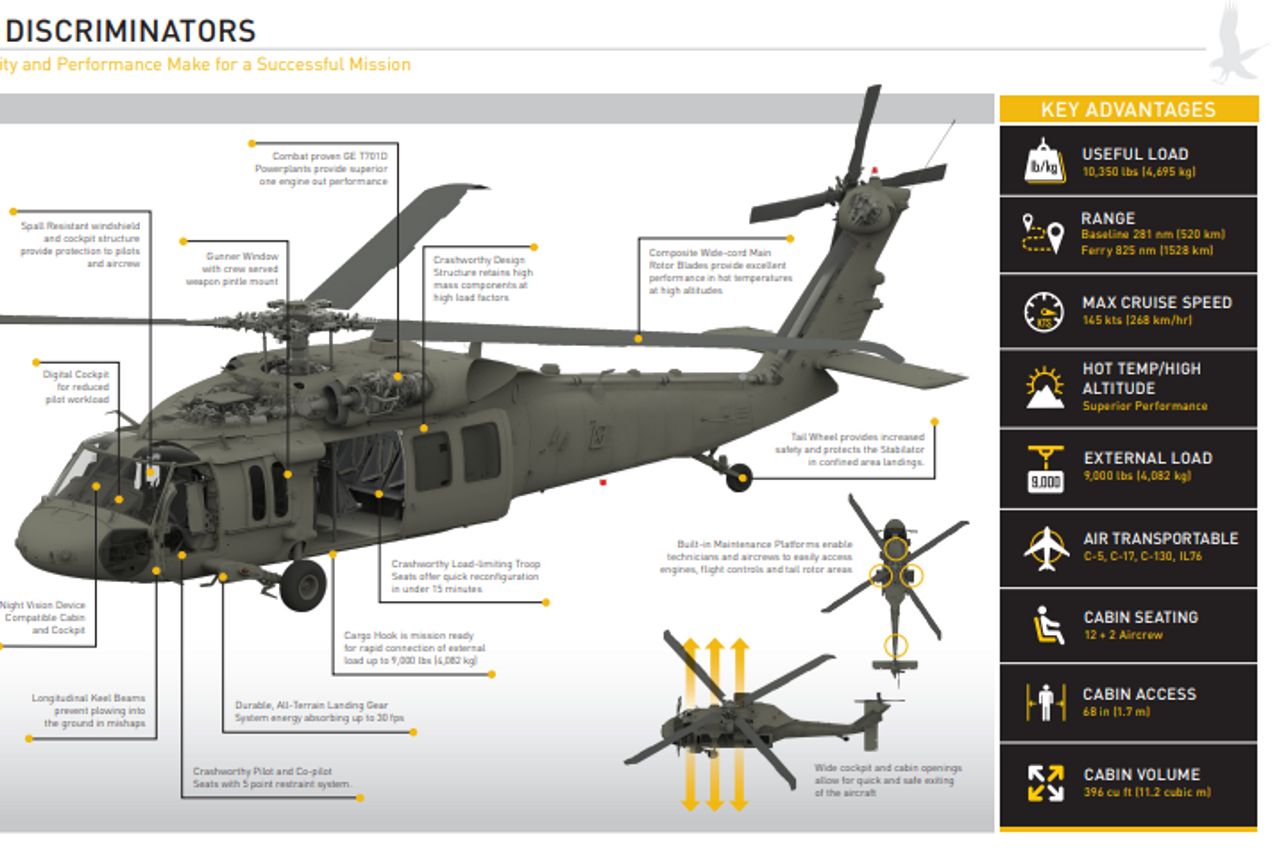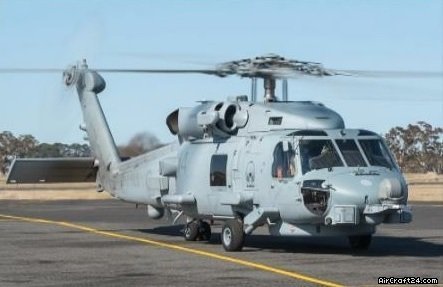High-Performance Multi-Role Rotorcraft Featuring Advanced Cockpit Technologies and Integrated Sensing Unit Equipments
The realm of rotorcraft technology has actually seen noteworthy innovations in recent times, particularly in the world of high-performance multi-role rotorcraft equipped with innovative cockpit innovations and seamlessly integrated sensing unit systems. In the following conversation, we will discover the advancement of rotorcraft modern technology, dive into the realm of advanced cabin innovations, and take a look at the implications of incorporated sensing unit systems on the functional versatility and efficiency of contemporary rotorcraft.
Development of Rotorcraft Modern Technology
The evolution of rotorcraft modern technology has actually been noted by significant advancements in aerodynamics, materials, and propulsion systems, forming the capabilities and efficiency of modern-day rotorcraft. Furthermore, advancements in propulsion systems, consisting of a lot more powerful engines and cutting-edge propulsion innovations, have allowed rotorcraft to achieve higher altitudes, faster speeds, and higher hauls.
These improvements have not just transformed the abilities of rotorcraft but have likewise increased their applications across different markets, including army, commercial, and emergency situation services. The constant evolution of rotorcraft modern technology continues to drive technology in the area, pushing the boundaries of what is possible and shaping the future of upright trip.
Advanced Cabin Innovations
Building upon the fundamental advancements in aerodynamics, products, and propulsion systems, the realm of rotorcraft modern technology currently changes focus in the direction of introducing Advanced Cockpit Innovations. The integration of advanced technologies within the cockpit environment plays an essential role in boosting the functional abilities, safety and security, and effectiveness of contemporary rotorcraft. sikorsky s 70. Advanced Cockpit Innovations include a vast variety of functions designed to provide pilots with improved situational awareness, streamlined information management, and intuitive control interfaces
One of the key developments in cockpit design is the implementation of glass cockpits, which change standard analog evaluates with high-resolution displays. These electronic systems provide customizable designs, real-time data integration, and improved readability, allowing pilots to gain access to vital information at a look. Additionally, progressed avionics systems, such as fly-by-wire controls and boosted reality screens, are revolutionizing just how pilots communicate with the aircraft, enabling accurate control and boosted decision-making capabilities.


Integrating sophisticated cockpit developments not only enhances pilot efficiency however likewise adds to general mission performance and security in intricate operational environments. By leveraging cutting edge modern technologies within the cockpit, rotorcraft producers are setting new criteria for functional excellence and goal success.
Integrated Sensing Unit Systems
With the advancement of rotorcraft technology, the integration of innovative Integrated Sensing unit Equipment has ended up being paramount in improving operational effectiveness and safety and security. These Integrated Sensor Equipments encompass a broad variety of innovations that give critical data for various functions such as navigating, surveillance, targeting, and ecological surveillance. By effortlessly incorporating sensors like radars, video cameras, lidar, and infrared systems right into rotorcraft, drivers can benefit from improved situational awareness, improved goal abilities, and decreased pilot work.
One trick benefit of Integrated Sensor Systems is their capacity to collect real-time information and provide actionable insights to pilots and objective operators. For instance, advanced radar systems can spot and track targets over fars away, enabling for early danger detection and reliable feedback preparation. In addition, integrating electro-optical and infrared electronic cameras enables rotorcraft to conduct reconnaissance and monitoring missions with precision and precision.
Essentially, the assimilation of sophisticated sensor modern technologies right into rotorcraft not only improves operational performance however also adds substantially to total goal success and staff safety. As rotorcraft remain to advance, the function of Integrated Sensor Systems will unquestionably continue to be at the forefront of technology in the aerospace sector.
Functional Adaptability and Effectiveness
Enhancing operational versatility and performance in rotorcraft is a natural development from the assimilation of sophisticated Integrated Sensing unit Equipments. By leveraging the insights and information provided by these advanced sensor systems, rotorcraft can maximize their efficiency throughout different objectives and settings.
Operational flexibility incorporates the ability of rotorcraft to adapt to various functions and situations successfully. check out this site With advanced cabin innovations and incorporated sensor systems, rotorcraft can effortlessly shift between tasks such as search and rescue, medical discharge, security, and a lot more. This versatility improves the rotorcraft's capability to fulfill diverse functional needs without requiring considerable reconfiguration.
Efficiency in rotorcraft procedures is crucial for making best use of mission efficiency and source utilization. Integrated sensor systems play a pivotal role in enhancing functional performance by offering real-time information on weather condition problems, terrain mapping, target monitoring, and much more. This information makes it possible for pilots to make informed decisions quickly, maximize trip paths, preserve gas, and boost total goal efficiency.
Influence On Modern Aeronautics Operations

Furthermore, the assimilation of innovative sensing units helps with boosted objective preparation and implementation, making it possible for rotorcraft to carry out a variety of tasks with enhanced accuracy. From search and rescue operations to aerial firefighting and law enforcement objectives, the capacities of contemporary rotorcraft outfitted with sophisticated cockpit innovations and incorporated sensor systems are unmatched.
In addition, the effect of these developments expands beyond operational efficiency to cost-effectiveness and sustainability. By enhancing trip routes, fuel consumption, and upkeep timetables, high-performance rotorcraft geared up with innovative cockpit technologies and sensing units add to minimizing operational prices and environmental impact, making them crucial assets in modern-day aeronautics operations.
Conclusion
Finally, the high-performance multi-role rotorcraft with advanced cockpit modern technologies and incorporated sensor systems represents a significant development in aeronautics innovation. These technologies enhance operational flexibility and effectiveness, inevitably impacting contemporary air travel operations in a positive means. The assimilation of these innovative technologies enables improved abilities and efficiency in different objective click over here now situations, showcasing the continued development of rotorcraft innovation in the air travel market.
The realm of rotorcraft innovation has actually seen remarkable innovations in recent times, especially in the realm of high-performance multi-role rotorcraft equipped with cutting-edge cabin technologies and flawlessly incorporated sensor systems. From enhanced mission important site flexibility to improved functional performance, the convergence of advanced cockpit modern technologies and incorporated sensor systems has ushered in a new era of opportunities for rotorcraft applications. In the adhering to discussion, we will check out the evolution of rotorcraft modern technology, dig into the realm of sophisticated cockpit technologies, and take a look at the implications of incorporated sensor systems on the functional adaptability and efficiency of modern-day rotorcraft.

Comments on “Why the Sikorsky S 70 is the Preferred Choice for Modern Helicopter Missions”